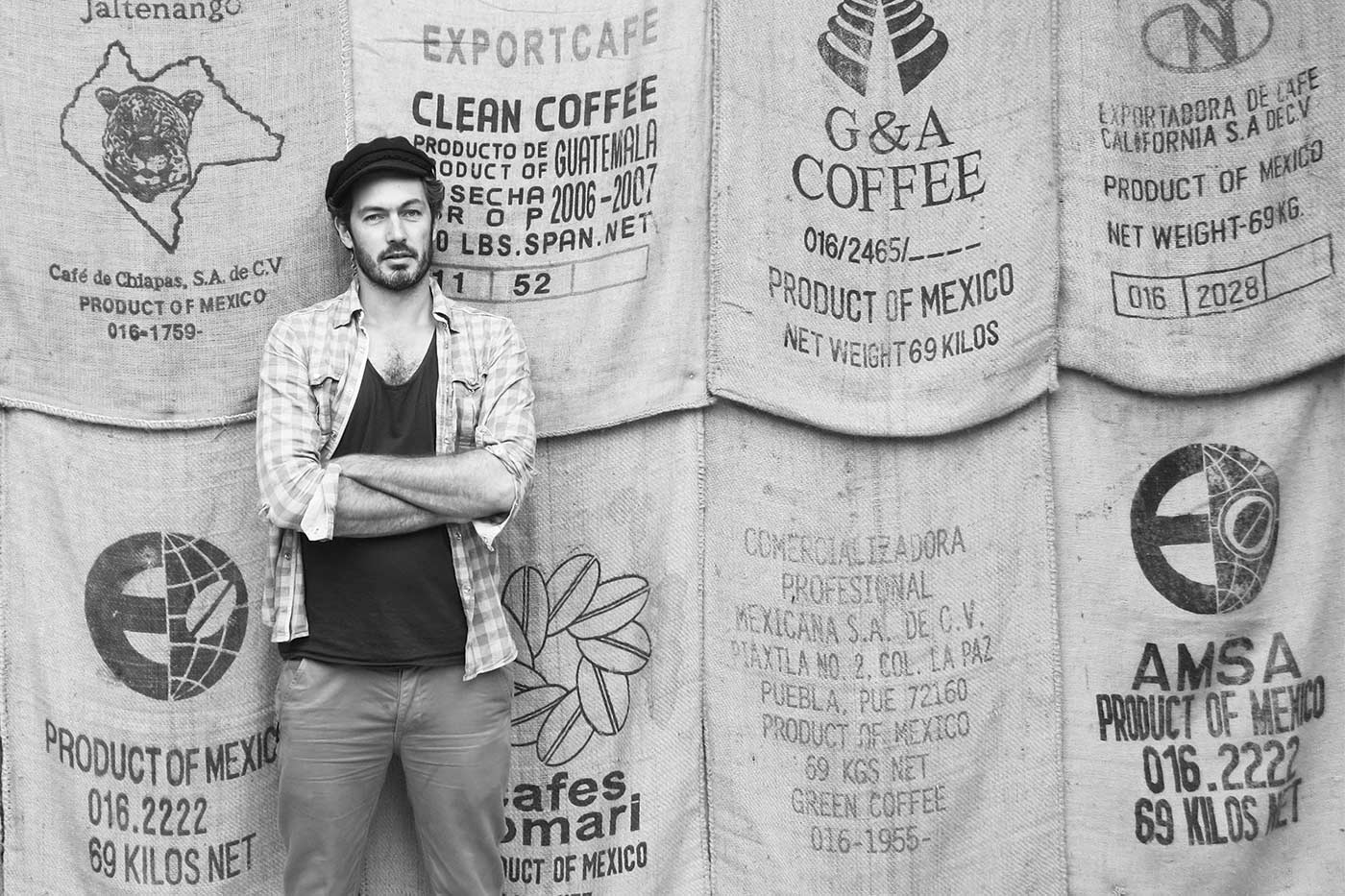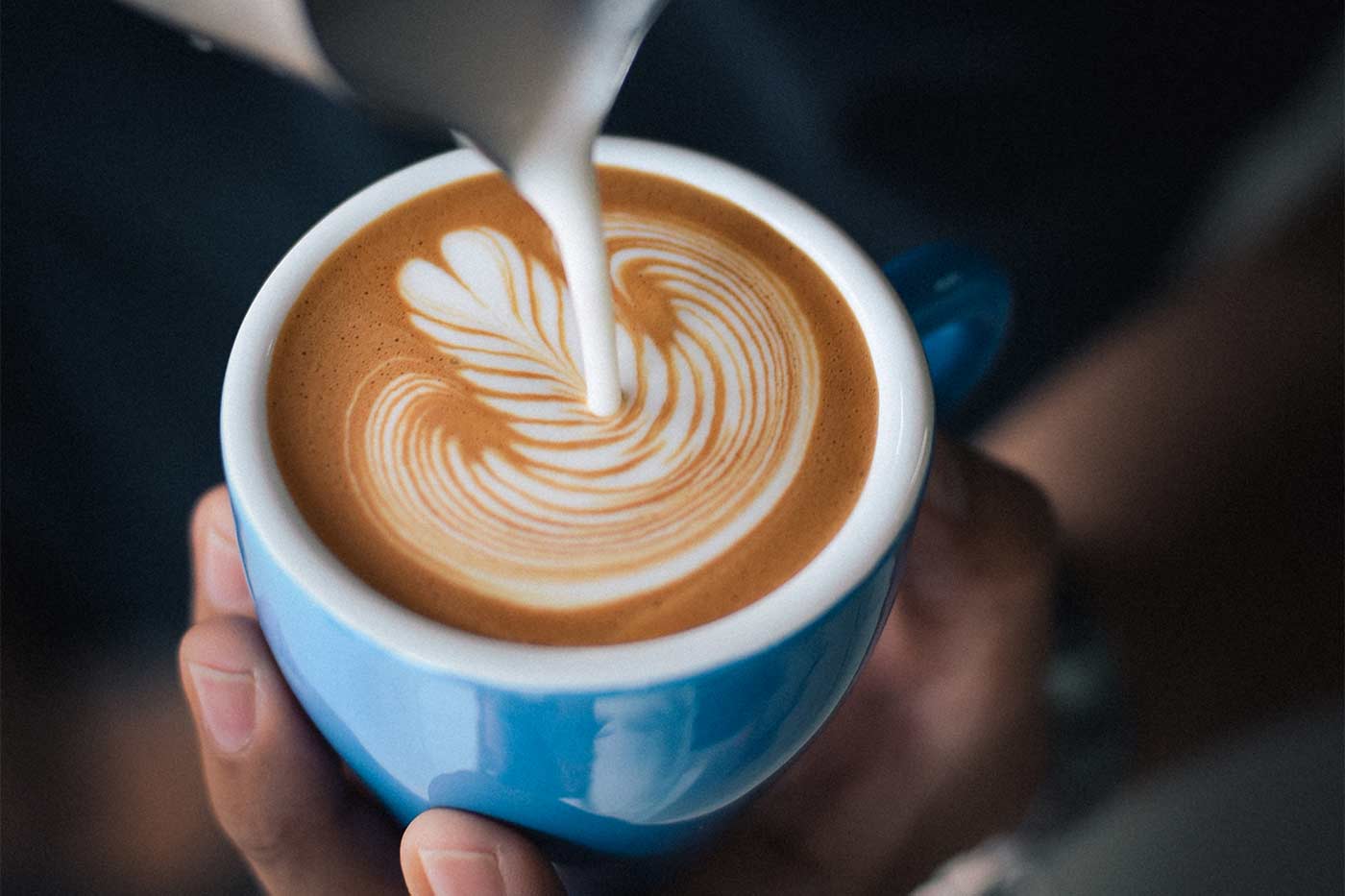Ever wondered what the barista is really thinking when you place your particularly complicated order? Or what niggles the farmer who nourished those speciality beans?
We spoke to four insiders at different stages of the speciality chain to find out what they wished coffee drinkers knew.
Feature from The Ireland Independent Coffee Guide No 1 – buy your copy here.
The farmer: Dorothy Haboninama, Burundi
1. We think of you when we’re growing coffee and often wonder if you think of us too.
2. Growing coffee is like raising a child. We have to wash, nurture and look after our coffee plants, just like we look after our children.
3. Coffee farming takes hard work and diligence. We mulch the ground and plant shade trees in order to grow better coffee. We even make small pools of rainwater with banana trees to make the ground moist for longer if needed.
4. Things aren’t necessarily getting any easier. New rules introduced by the government here in Burundi are making coffee growing more difficult for farmers like me.
5. The coffee chain. The income from the coffee you buy helps to pay for my six children’s education.
The importer: Phil Schluter, Liverpool
1. The coffee supply chain is longer than most people think. After harvesting, coffee needs to be pulped, fermented, washed, dried, milled, graded, hand-picked, bagged, labelled, cleared for export, trucked, shipped, stored, roasted, ground and finally, brewed.
2. It’s not cheap to move small volumes of coffee around the world. The costs involved in getting coffee cherries from a farmer in an African village to your cup of coffee are high, with profit margins at each stage generally slim.
3. It really matters what the farmer gets paid. If you never ask, you’ll never know, so please keep asking!
4. We cup hundreds of coffees every week to identify quality and value. It can be hard work but it’s also very exciting, especially on the occasions when we discover something truly special.
5. Coffee is grown in some of the most beautiful places in the world. It’s an absolute privilege to visit farms and meet wonderful people living off the beaten track. We’re always happy to take our clients along for the adventure, too.
The roaster: Brock Lewin, County Cork
1. Not all coffees from the same country taste the same. So many factors affect the profile of a coffee and its country of origin may be the least influential in the cup profile. After all, it’s simply a political boundary. If someone says they like a good Brazilian, we don’t assume they’re talking coffee.
2. Acidity is not the same as bitterness. People often get the two confused. Think of acidity as the vivacity that helps flavours sparkle and the aftertaste zing, whereas bitterness is anything done to excess – roast, grind or extraction – which creates a burnt, blunt flavour at the back of the tongue.
3. Ranking coffees by strength on a scale of 1 to 5 isn’t in the realm of the speciality roaster. We don’t work in one dimension, so using simple numbers to describe coffee doesn’t fit. It’s usually body that customers are looking for when they talk strength, but coffee is so much more than body.
4. Home brewers can play with the profile of a cup. The freshness of the coffee, grind time, grind size, water dose, infusion time and method of preparation all play a part in the resulting quality of the coffee.
5. Different roasters roast differently. If you come across the same coffee (same farm, estate and washing station, with the same processing method and varietal) from two different roasters, buy both and compare.
The barista: Bridgeen Barbour, Belfast
1. What’s a pitcher rinser? The coffee profession is a fairly recent one, so much of the language used is new. The first time you go behind a bar and someone asks you to clean the pitcher rinser and you look at them blankly, remember it’s ok not to know. A great team will help you work it out.
2. Quality, quality, quality. From seed to cup, the picking and sorting of only the ripest cherries, the care in processing, the skill of roasting, the preparation and ability of the barista – which includes connecting with customers as well as skill with the coffee – all contribute to the experience of speciality.
3. Latte art won’t make a bad coffee good. Latte art is great but knowledge beats aesthetics when it comes to speciality coffee. If you have well roasted beans, delivered by a trained barista who follows a carefully researched recipe, an Instagramable rosetta is the cherry on top.
4. Fast, friendly service. A professional barista should be able to hold a conversation and keep the line moving. You can’t underestimate how much customers like feeling part of the scene but they also have to get to work.
5. The possibilities are endless. If I had known how much there was to explore, I would have taken the risk to join the world of speciality much sooner. From daily interactions with customers to working with amazing people, it’s very special and puts me in a position to introduce some of the best coffees in the world to our customers.


